What is the best wood floor color? From rich walnut to pale oak, designers explain how to choose the right wood tone
Can't decide on the best wood floor color for your room? Get tips from interior designers on how to decide whether to go dark or light
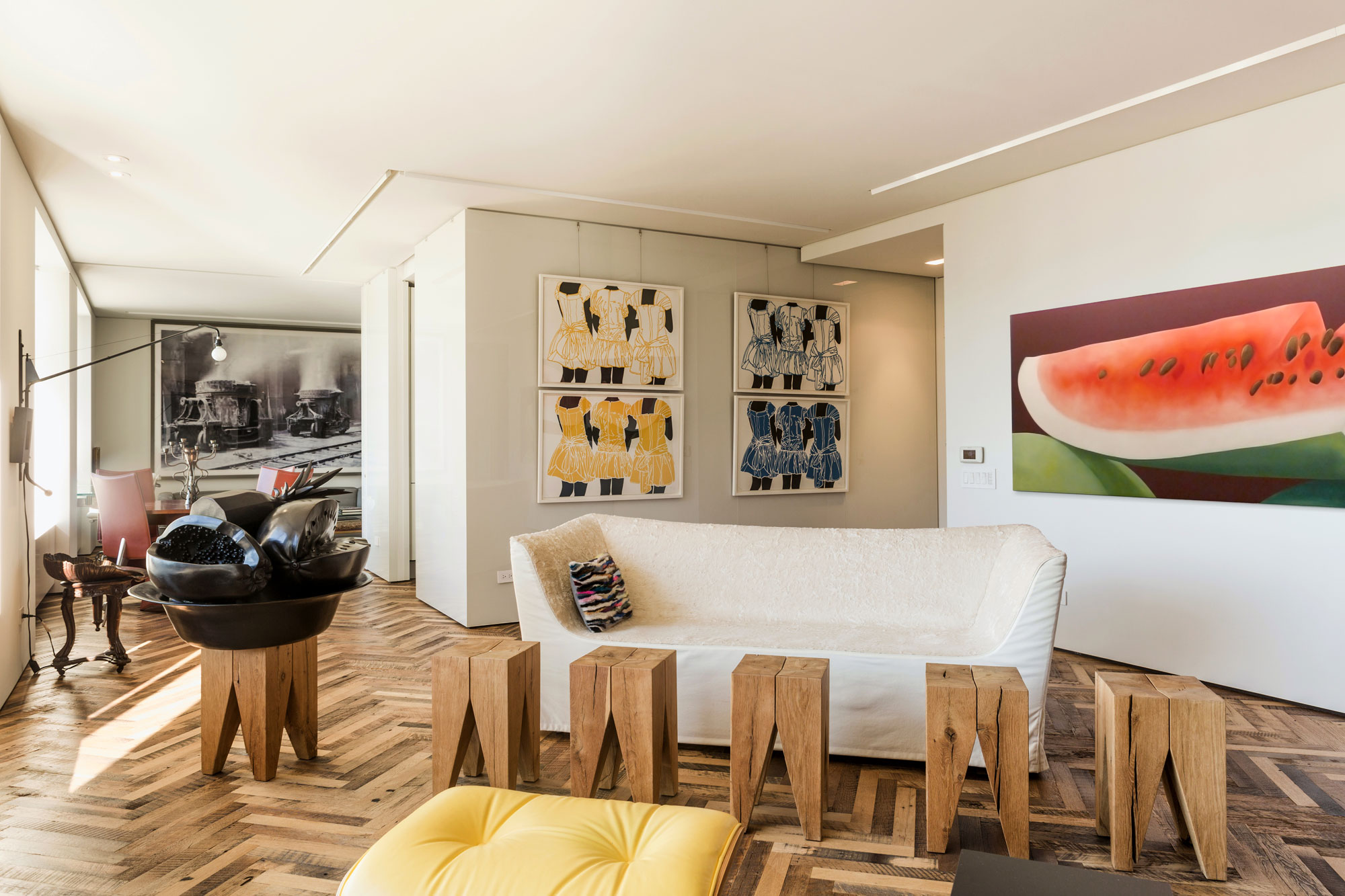

Getting to choose the best wood floor color for your room design is one of the real benefits of renovating a room from the ground up. It means you don't have to make do with an inherited floor in a color you dislike (and therefore that you don't have to try and hide it with the largest area rug you can find.)
However, there is a whole spectrum of styles, layouts and, perhaps most importantly, wood floor colors out there to explore. Just like paint color ideas, the hue of your wood floor really affects the look and feel of your room. For such a big-ticket item that's likely going to form the base of your interior scheme, where do you start to look?
To help you make the right decision for your scheme, we talked to some top designers about the process for deciding what the best wood floor color is for their projects, to get advice on when and where each is best suited.
What is the best wood floor color?
Of course, if you choose a wood floor color you love, you're not ever going to go too far wrong, but there are some cues you should bear in mind when deciding on a shade, from the style of interior you're looking to create to the architecture of the house and the amount of natural light a space gets.
'It’s hugely important to the overall scheme, and should serve as the anchor for the design without becoming matchy-matchy throughout the home,' says interior designer Sarah Solis. 'The floor color should be grounding for the entire project, it should set the tone.'
'Wood floors largely create an "overall feeling" of the home,' echoes interior designer Jessica Gersten, founder of Jessica Gersten Interiors.
But what feeling does each type of wood flooring create? While the style of floor and character of the wood also has a role to play, the wood color is what really sets the tone.
1. Dark wood floors
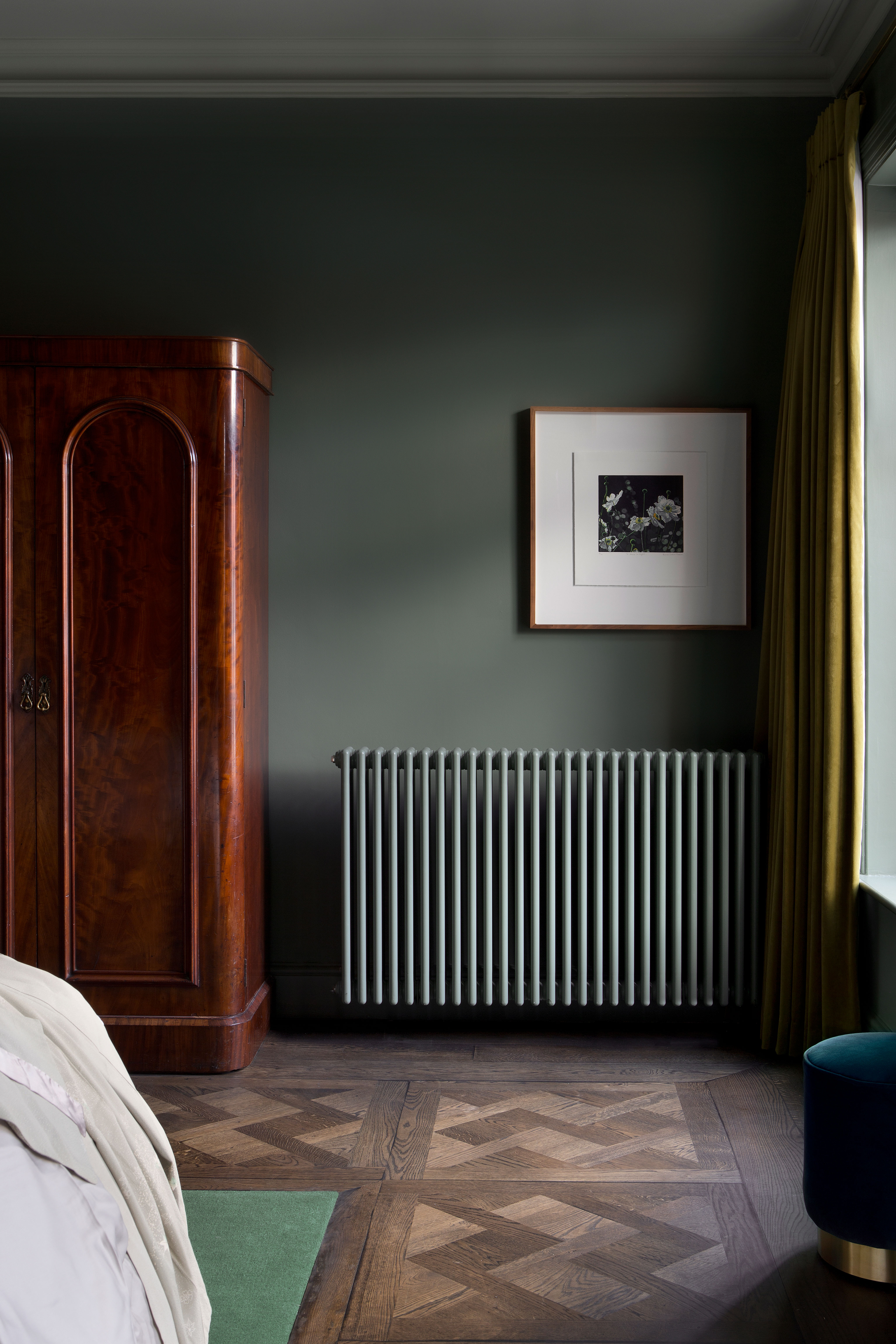
For many people, dark wood floors are more associated with traditional properties, however, many interior designers are turning to dark wood floors as a way to bring an instantaneous luxe feel to a property.
'Dark floors instantly evoke a sense of grandeur and sophistication,' says Roisin Lafferty, interior designer and founder of Kingston Lafferty. 'They work in many different zones but definitely would be considered more formal and high-end than their lighter counterpart. Bedrooms and dining rooms work really well in dark timber and borders are an effective way to elevate and enhance your spaces.'
This project by Kingston Lafferty is the perfect example of how a dark wood can add a traditional-style luxury to a space. 'We framed the bed, which was set on an in-set velvet carpet, with a border of Versailles oak timber in a rich walnut stain, explains Roisin. 'The home is a Victorian house, with generous proportions and windows, so the darkness worked well. It also allowed us to add in vintage and antique pieces in rich timber tones.'
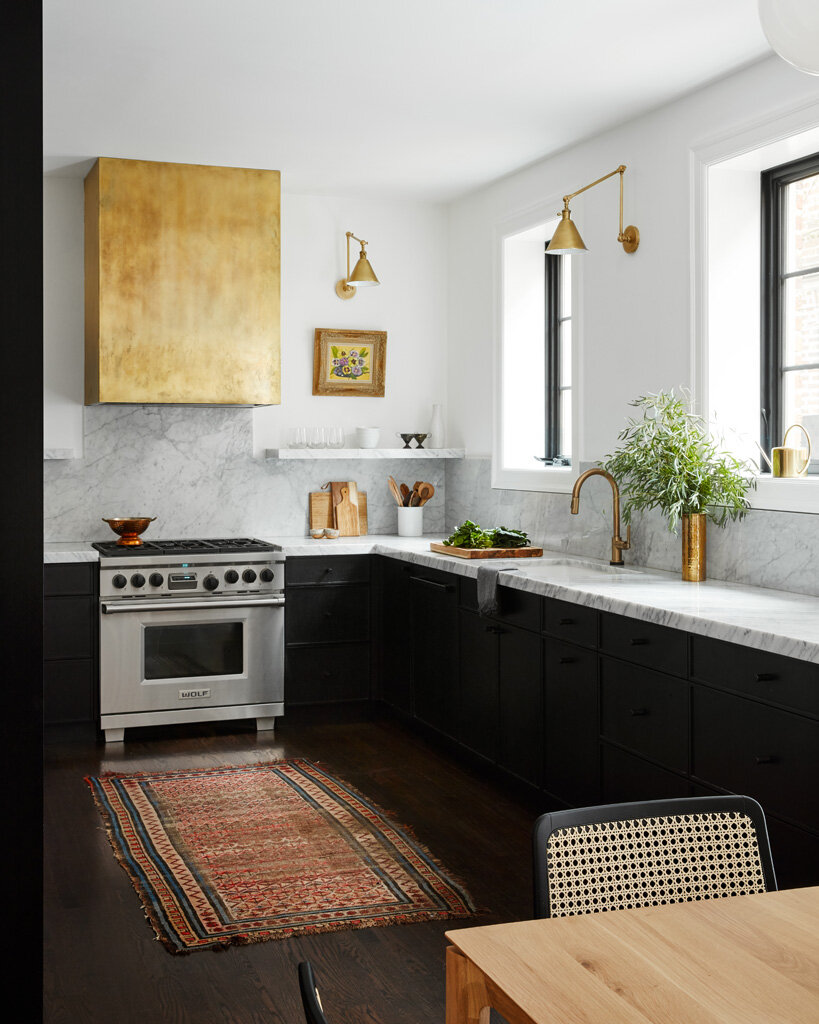
However, there are designers using dark wood floor colors in more modern settings too. In this kitchen design by interior designer Jen Talbot, a rich, dark wood floor has been used in this small kitchen in an open plan living space. It plays off the luxuriousness of the brass and marble used in the kitchen to give this space a particularly high-end feel, shifting the tone of the design to a more sophisticated style than a light wood floor could achieve.
2. Mid-tone wood floors
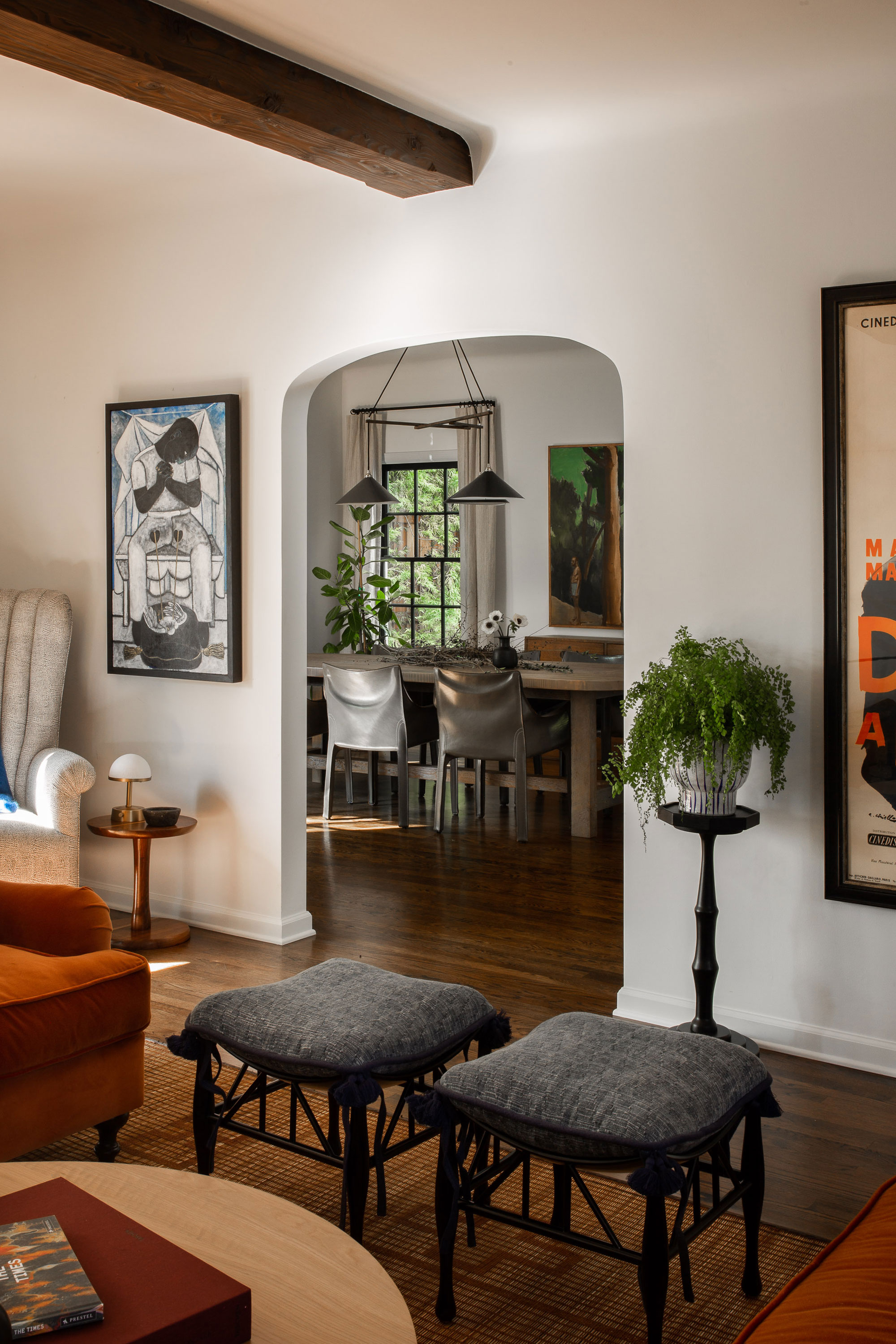
Neither dark, nor light, medium-toned wood flooring is adaptable and versatile, a perfect choice if you're still figuring out your interior style. 'These medium-dark tones are perfect for a transitional home,' says Jade Joyner, co-founder and principal designer of Metal + Petal. 'We like warm, honey tones that mix well with different eras of furniture.'
However, getting the right shade of this tone of flooring can be trickier, and needs more careful attention. 'We like to stay away from anything too yellow or brown, so as not to clash with the other colors and textures we like to incorporate in a room,' explain Berkeley Minkhorst and Kelley Lentini, founders and principals of House of Nomad.
3. Light wood floors
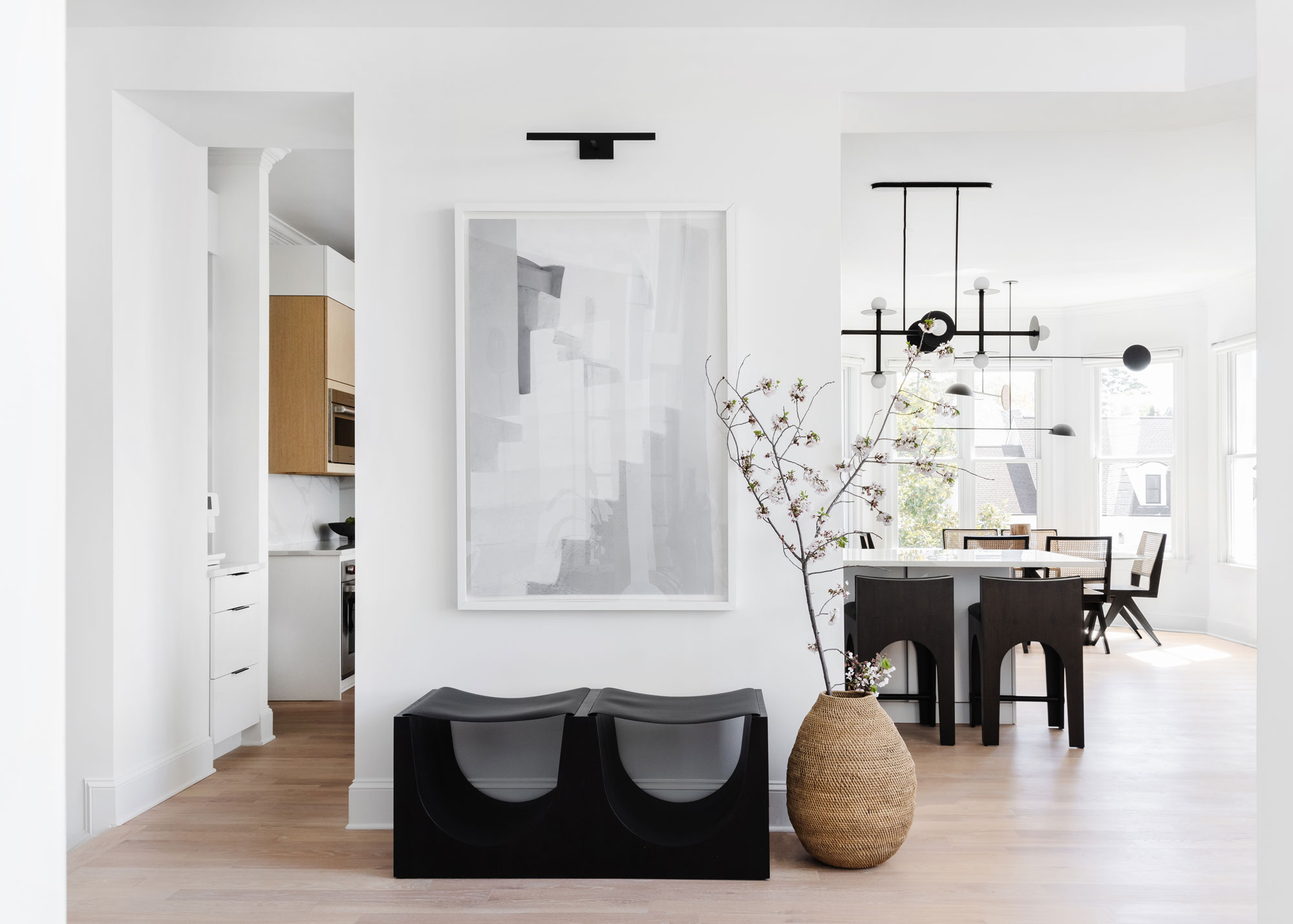
Light wood flooring, in contrast to darker tones, creates a more relaxed feel. Favored in Scandi style decor, it's a flooring that can brighten up a room and make the most of its natural light. 'Darkened floors are rich and can appear to reduce space,' says interior designer Leyden Lewis, 'while a light and reflective colored floor create the opposite results.'
Designer Roisin Lafferty agrees. 'For me, lighter, lime-washed timber is less formal, more family-friendly, opens up a space and bounces natural light. For max durability, I prefer non-polished, more matt finishes like oil or wax, which age and wear very well with use, over time.'
Light wood flooring is a versatile choice, possibly more so than a rich, dark wood floor color, however, it might not strike the right tone for all properties.
4. Black wood floors
Black isn't a naturally occurring wood tone but can be created with an intense stain. 'We love Duraseal ‘True Black’ and ‘Ebony’ for a dark finish,' says interior designer Leyden Lewis.
This tone of flooring might be closest in comparison to a dark-stained wood tone, but its uses feel worlds apart. Interior designer Jade Joyner of Metal + Petal thinks these deep espresso and black floors work best in contemporary homes, but a black wood floor could also create a glam living room design, for example, by drawing on the Art Deco design aesthetic - bolder contrasting shades and luxury detailing.
5. White wood floors
There are white-toned oils and waxes that can offer you a super pale, near-white wood floor color, while still retaining the natural grain of the wood. If you're working with existing floorboards, you could also opt for floor paint for a white finish.
White wood floors are ethereal looking, and bounce lots of light around a room. They also give a graphic edge to a space, relying less on the textures provided by natural wood grain.
How do I decide which wood floor color is best for my home?
So how do you choose which wood floor color suits your space? 'It very much depends on the mood you are trying to create and the level of formality you want to exude,' suggests Roisin Lafferty, founder of Kingston Lafferty. If you have a clear interior design scheme or a set of style influences in mind, this might be easier to determine than if you don't have these references.
The style of your house might also be a good place to start. 'With renovations in older homes, it’s important to consider the architectural style or age of the home and opt for a color stain that might blend more naturally into the space,' suggest Berkeley Minkhorst and Kelley Lentini of House of Nomad.
Even the location of your home might have a bearing on the wood floor color you choose. 'Generally, I tend toward rich tones for homes in the city and lighter tones on coastal projects,' says Sarah Solis.
'We tend to look to lighter wood stains when we lean into the cottagecore look or a farmhouse living room, for example,' adds Jade Joyner.
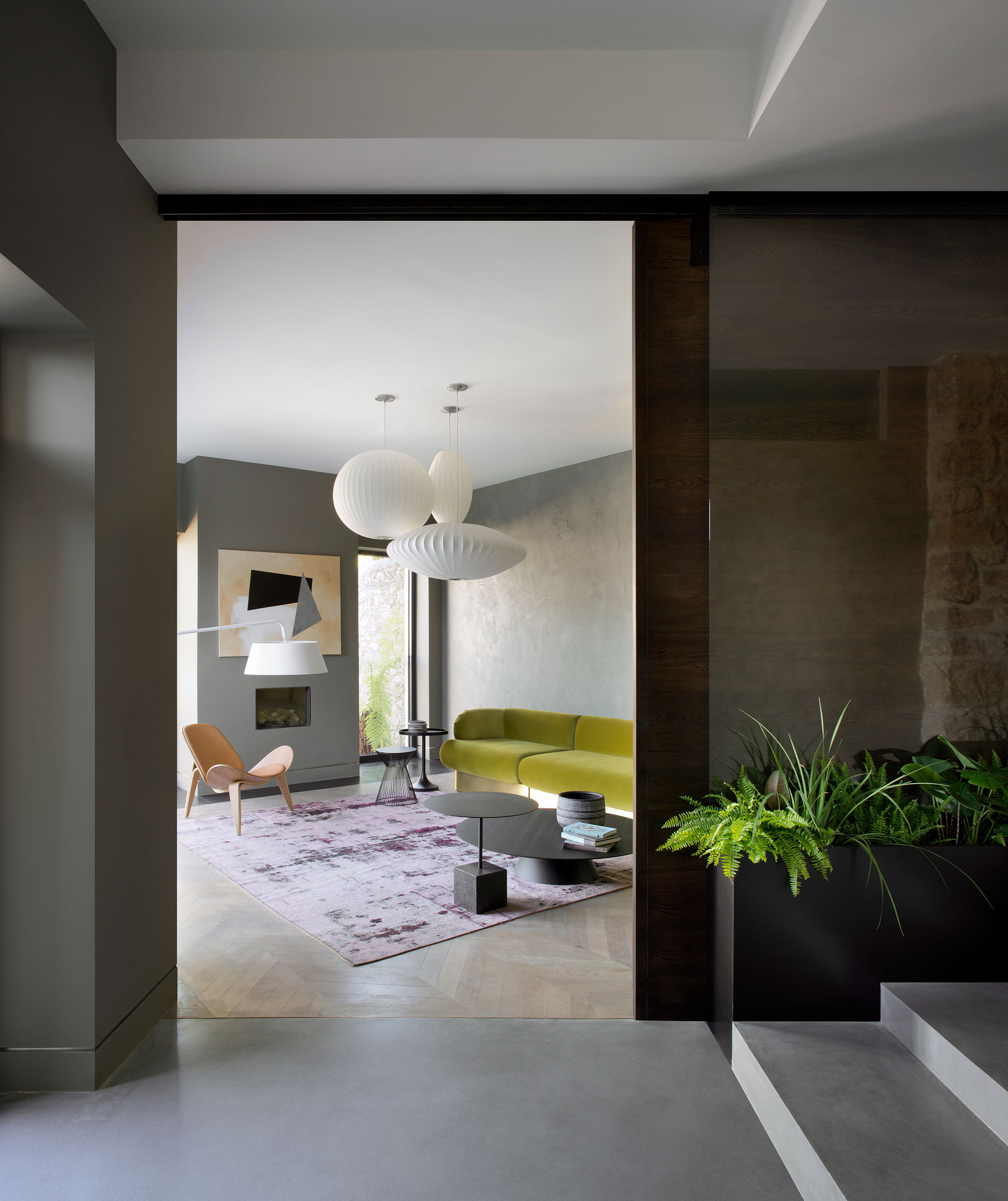
Can I combine different wood tones?
One wood floor color throughout your home can create a cohesive look, but you shouldn't be afraid of mixing tones. 'I love to use flooring as ways to highlight the journey and pathways you want people to use in a space,' explains Roisin Lafferty. 'We often combine light and dark tones in different orientations to create streamlined looks and clearly zone different areas.'
So how do you make it work? 'Just make sure not to have any surface-mounted trims,' Roisin suggests. 'They detract from the look. Ideally no trim, just a butt joint between or else a recessed, flush finish metal inset trim.'
You also need to consider how to make your wood floor color work with other wood tones in your space, such as furniture.
'Start with choosing one wood tone to be the dominant finish,' says Kelsey McGregor, principal of Kelsey Leigh Design Co. 'Make sure the undertones of the woods complement each other and pay attention to the grains of the wood as you don't want them to compete with each other.'
'You can easily mix as two to three different woods in one space,' she suggests.
Be The First To Know
The Livingetc newsletters are your inside source for what’s shaping interiors now - and what’s next. Discover trend forecasts, smart style ideas, and curated shopping inspiration that brings design to life. Subscribe today and stay ahead of the curve.

Hugh is Livingetc.com’s editor. With 8 years in the interiors industry under his belt, he has the nose for what people want to know about re-decorating their homes. He prides himself as an expert trend forecaster, visiting design fairs, showrooms and keeping an eye out for emerging designers to hone his eye. He joined Livingetc back in 2022 as a content editor, as a long-time reader of the print magazine, before becoming its online editor. Hugh has previously spent time as an editor for a kitchen and bathroom magazine, and has written for “hands-on” home brands such as Homebuilding & Renovating and Grand Designs magazine, so his knowledge of what it takes to create a home goes beyond the surface, too. Though not a trained interior designer, Hugh has cut his design teeth by managing several major interior design projects to date, each for private clients. He's also a keen DIYer — he's done everything from laying his own patio and building an integrated cooker hood from scratch, to undertaking plenty of creative IKEA hacks to help achieve the luxurious look he loves in design, when his budget doesn't always stretch that far.
-
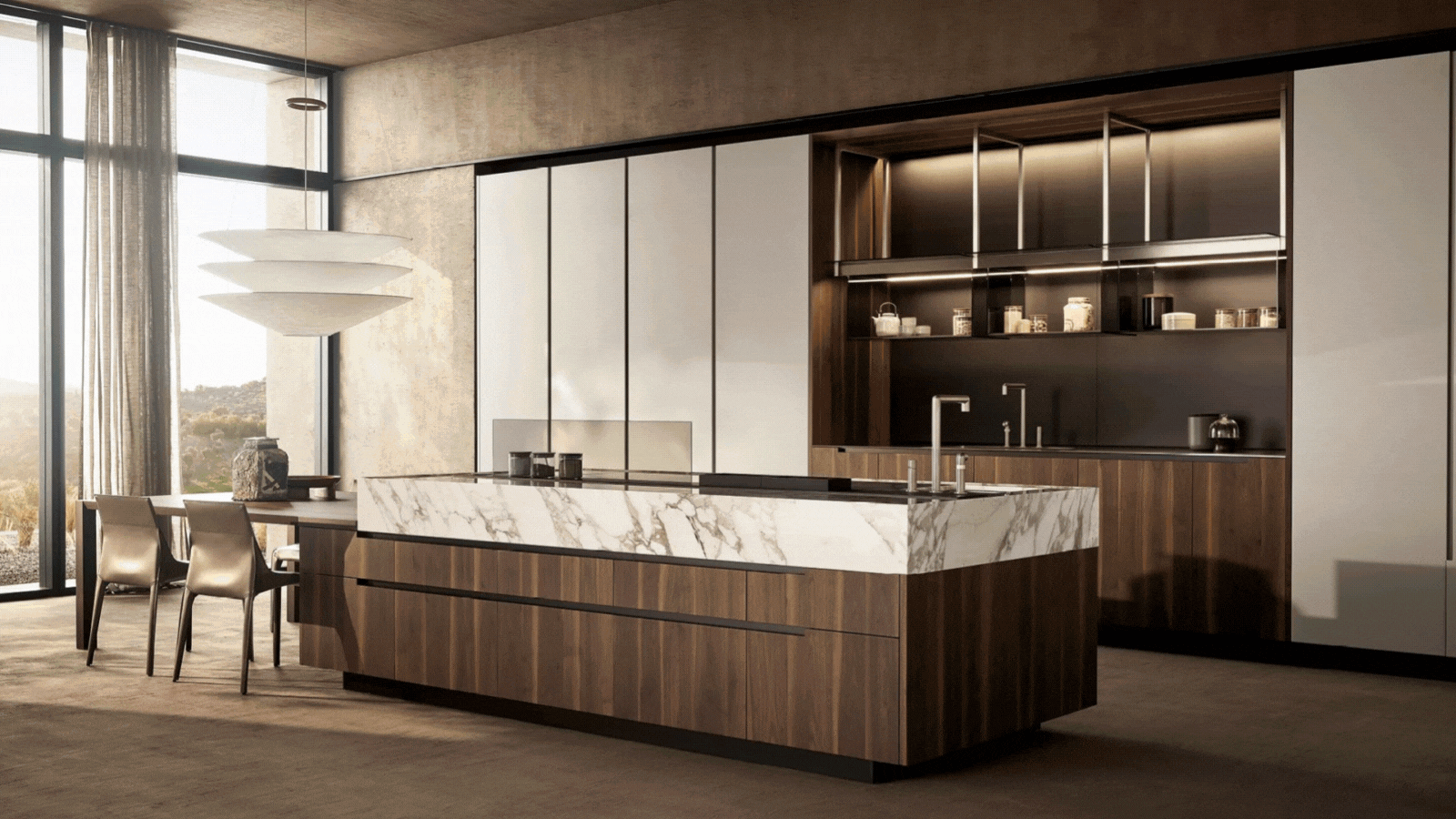 Italian Kitchen Trends — 5 Emerging Ideas From the Chicest Italian Designers That I Predict Will Go Global in 2025
Italian Kitchen Trends — 5 Emerging Ideas From the Chicest Italian Designers That I Predict Will Go Global in 2025Fresh from Milan Design Week, these are the exciting finishes, styles, and innovative materials I can't wait to see in more kitchens this year
By Faiza Saqib Published
-
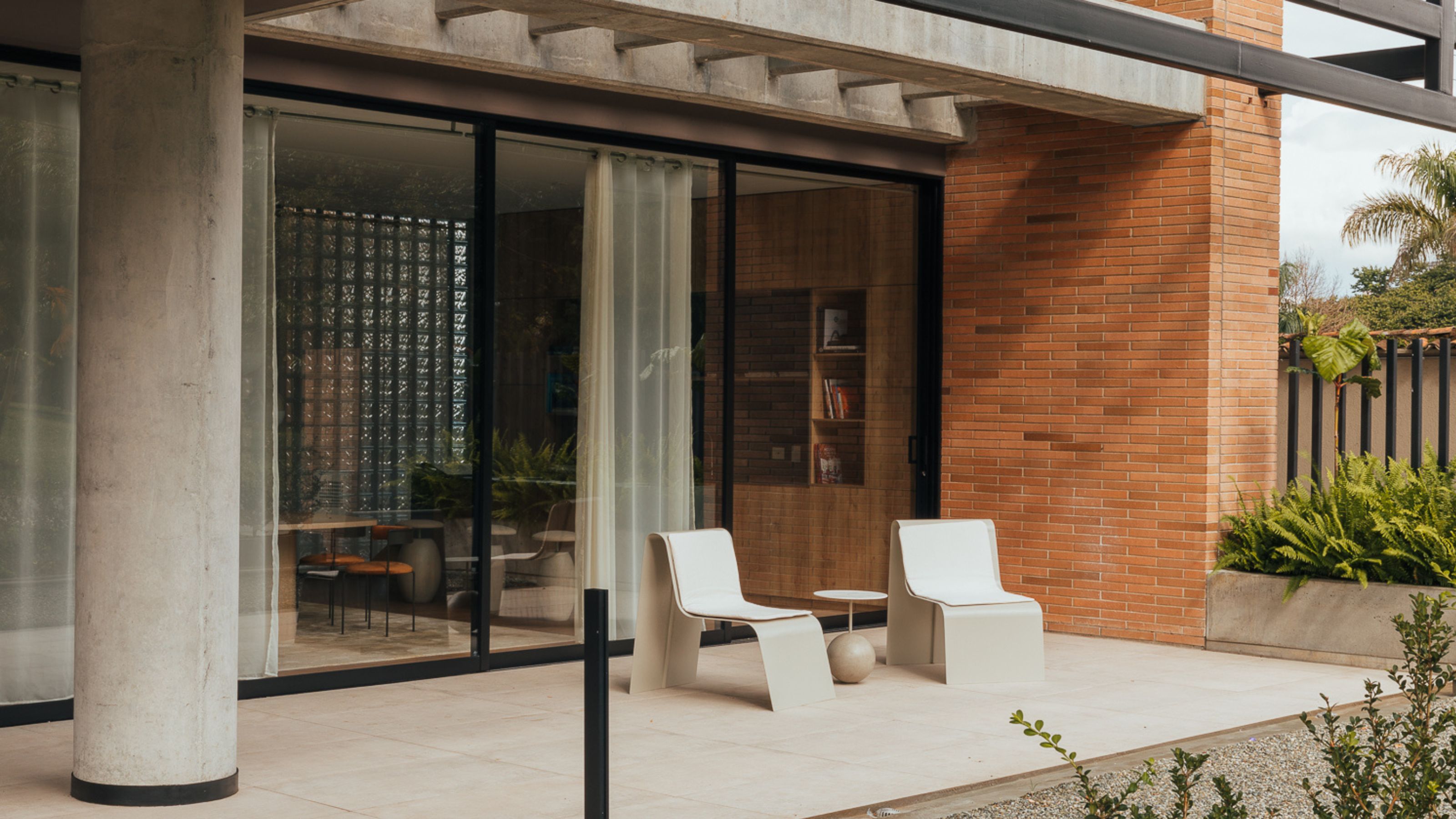 Small Patio Ideas — 8 Clever Ways to Style Up Even the Tiniest of Outdoor Spaces
Small Patio Ideas — 8 Clever Ways to Style Up Even the Tiniest of Outdoor SpacesIf you're dreaming of turning your small patio into a dream space the right combination of practical and creative ideas will help you max up its potential
By Sarah Wilson Published